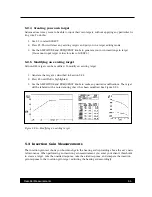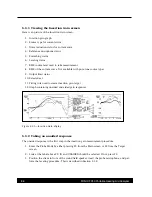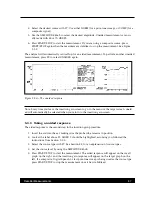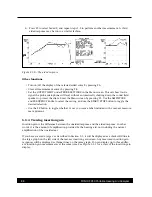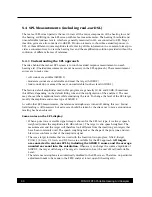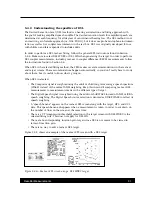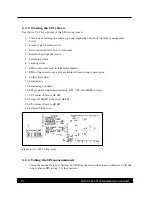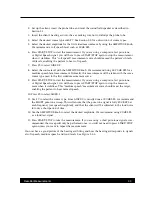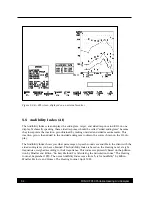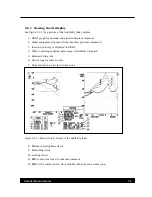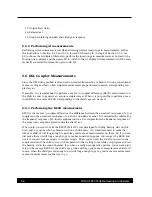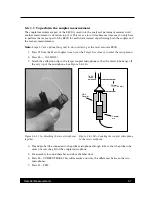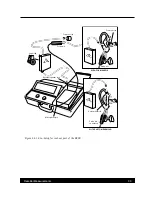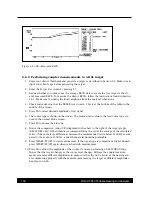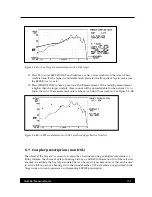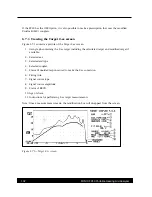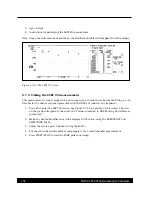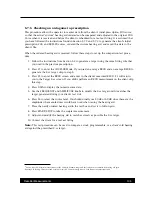
90
FONIX FP40 Portable Hearing Aid Analyzer
5.4 SPL Measurements (including real-ear DSL)
The real-ear SPL screen permits the user to view all the major components of the hearing loss and
the hearing aid fitting on one SPL screen with real ear measurements. The hearing thresholds and
uncomfortable loudness levels, which are generally measured in HL, are converted to SPL. Target
insertion gains are also converted to dB SPL. Provision is made to show three aided responses, in
SPL, at three different source amplitude levels. Having all this information in a common format pro-
vides a convenient way to view the hearing loss and the amplification solution provided without the
confusion of different frames of reference.
5.4.1 Understanding the SPL approach
The idea behind the real-ear SPL screen is to run three aided response measurements on each
hearing aid. (Unaided measurements are not necessary in the SPL approach.) These measurement
curves are to make sure:
• soft sounds are audible (AIDED 1)
• moderate sounds are comfortable and meet the target (AIDED 2)
• loud sounds do not exceed the user’s uncomfortable loudness level (AIDED 3)
The factory default amplitudes used in this program are generally 50, 65 and 90 dB. (Sometimes
this differs, depending on the default fitting rule and the configuration of the analyzer.) The user
may choose other amplitude levels while conducting the tests. To change the level of the SPL target,
modify the amplitude and source type of AIDED 2.
As with other SPL measurements, the reference microphone is turned off during this test. Sound
field leveling is still necessary but extra care should be taken by the client not to move around once
leveling has been achieved.
Some notes on the SPL display:
• When a pure tone or warble signal sweep is chosen for the SPL test type, it is always speech
weighted (unless the amplitude is 85 dB or above). The target is also speech weighted. The
measurements and the target will therefore look different from the insertion gain targets that
have been commonly used. The speech weighting makes the shape of the pure tone and war-
ble curves conform to that of the composite signal.
• The same target formulas that are used with the Insertion Gain program; NAL-2, Berger,
POGO, 1/2 Gain, 1/3 Gain, and 2/3 Gain are available for the SPL approach.
All targets
are converted to real-ear SPL by including the AIDED 2 source and the average
unaided ear canal into the calculation.
Whenever you change the source amplitude of
AIDED 2, the target will change. The target is intended to be at the user’s Most Comfortable
Level.
• The reference microphone is automatically disabled in the SPL screen. Therefore, no particular
adjustment needs to be made to the FP40 analyzer to test open fit hearing aids.










